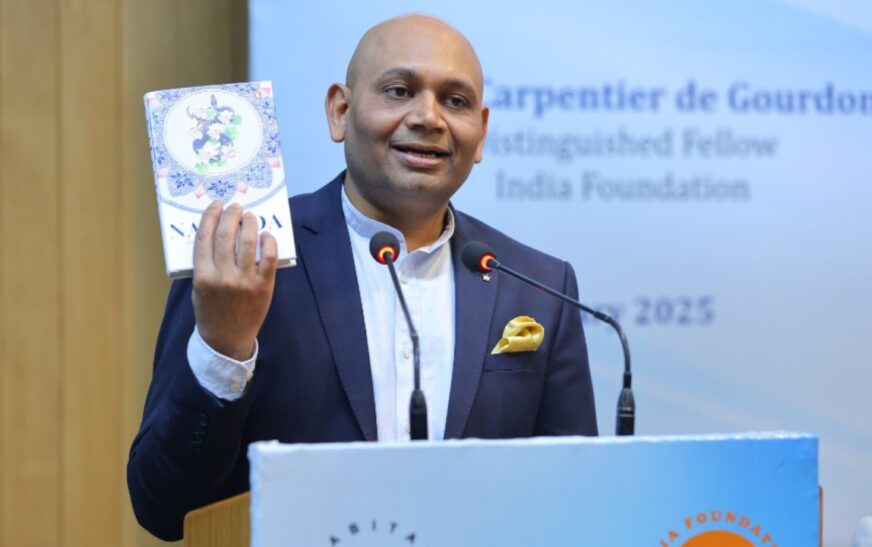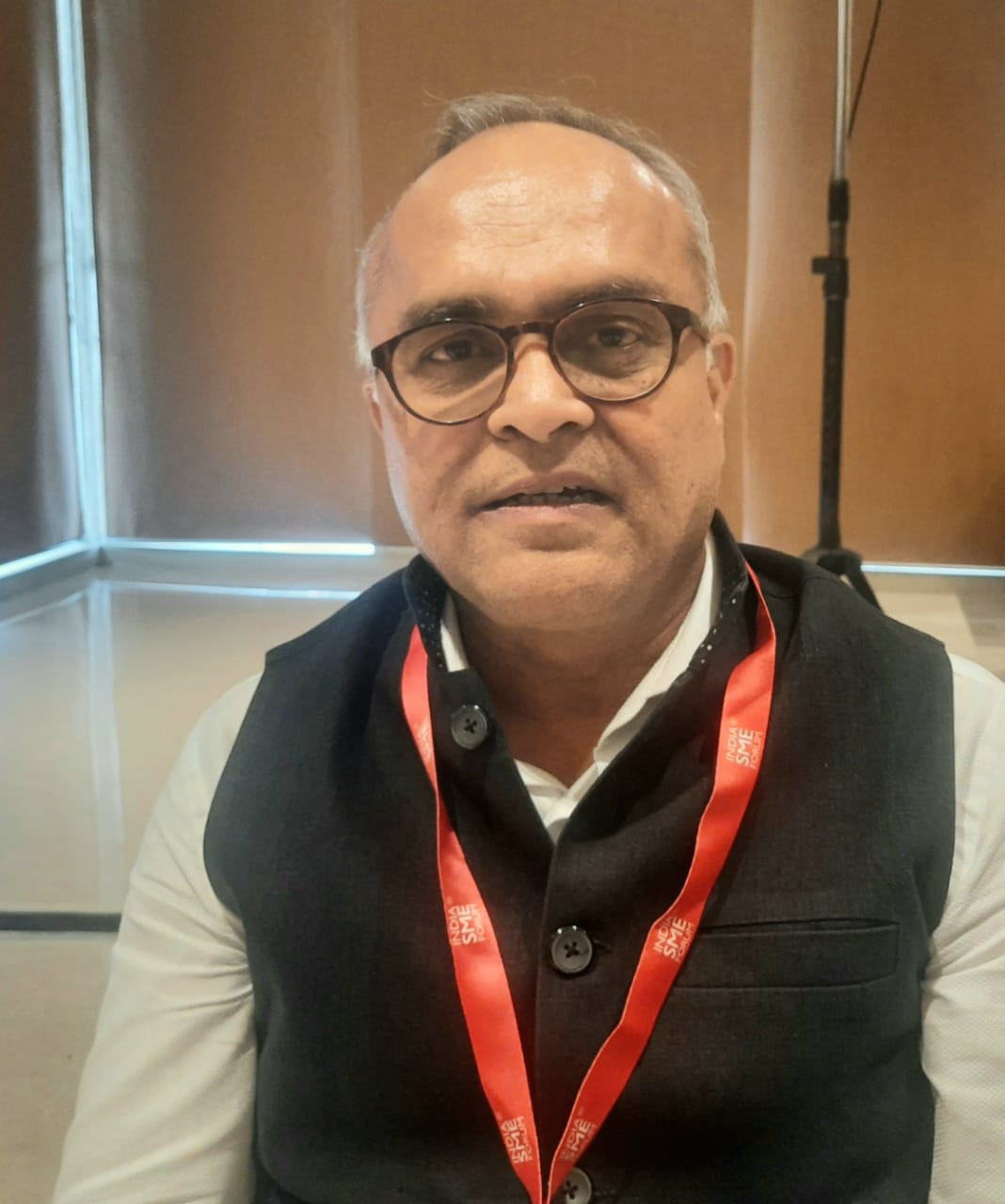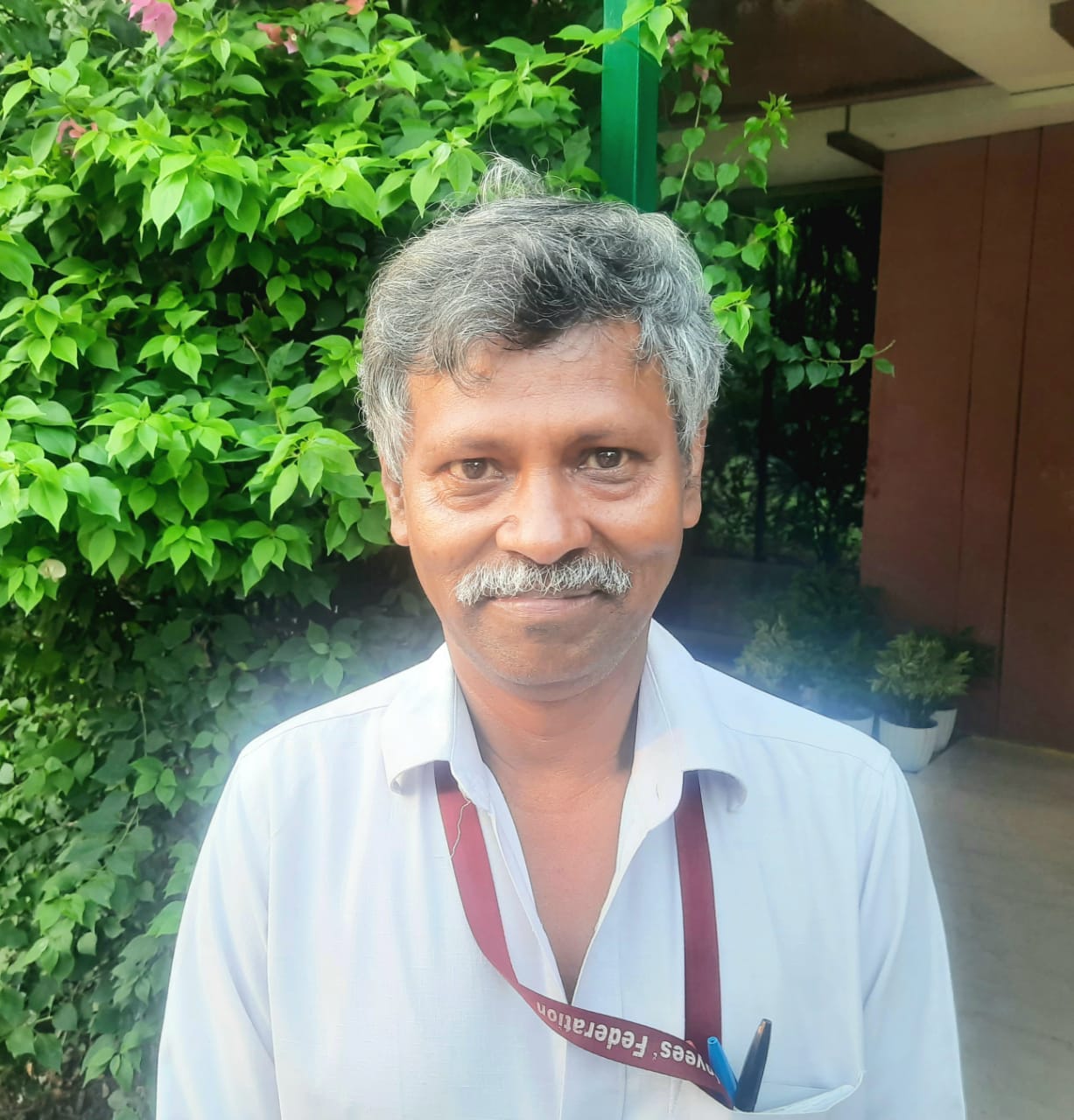Abhay Kumar, Deputy Director General of Indian Council of Cultural Relations, Ministry of External Affairs, Government of India, a literary luminary of remarkable distinction, embodies the essence of a diplomat, polymathic writer, poet, editor, and translator whose oeuvre traverses an extraordinary expanse of genres and languages. His magnum opus, Nalanda: How It Changed the World, published by Vintage Books, has achieved bestseller status, captivating the literary world with its incisive historical revelations. Kumar’s literary journey encompasses a vast array of poetry collections, along with groundbreaking editorial contributions such as The Book of Bihari Literature (HarperCollins India) and The Bloomsbury Book of Great Indian Poems. A celebrated translator, he has breathed new life into seminal works like New Brazilian Poems and Kalidasa’s Meghduta and Ritusamhara, garnering esteemed accolades including the SAARC Literary Award and recognition from the Library of Congress.
In Nalanda: How It Changed the World, Kumar embarks upon an intellectual odyssey that plunges into the enigmatic heritage of the ancient university, unravelling mysteries surrounding its origins, its erudite scholars, and the disciplines that shaped the intellectual contours of the world for centuries. Anchored in meticulous research, he casts a brilliant spotlight on Nalanda’s unparalleled contributions to fields as diverse as science, mathematics, philosophy, and the arts, while honouring the great minds that transformed it into a beacon of global wisdom. The book not only chronicles the meteoric rise and tragic decline of Nalanda Mahavihara but also unveils its astonishing resurgence, offering a narrative that positions this ancient institution as an eternal symbol of human inquisitiveness and intellectual pursuit.
In an exclusive discourse with The Interview World, Abhay Kumar delves into the depths of his seminal work, Nalanda: How It Changed the World, offering profound insights into why the revived Nalanda University now ranks among the most distinguished educational institutions globally. He further illuminates the Bihar Museum, shedding light on the region’s historic landmarks, and highlights their pivotal role in drawing global attention and transforming Bihar into a coveted destination for international tourists. Here are the illuminating takeaways from his thought-provoking conversation.
Q: Could you share more about your recent book Nalanda: How It Changed the World and what key insights or messages you aim to convey to readers through it?
A: Nalanda is an engrossing and erudite chronicle of the rise, fall, and remarkable revival of one of the greatest intellectual institutions in history. This book meticulously examines the multifaceted contributions of the University of Nalanda, whose profound influence in diverse domains continues to shape the contours of our modern world. It casts a revelatory light on the extraordinary luminaries who graced its halls—great minds whose teachings elevated Nalanda to legendary status. It is here that the very notion of the university as we know it was conceived, blossoming from a modest vihara in the 3rd century BC to a magnificent maha vihara by the 5th century AD.
Nalanda’s ascendancy as a veritable centre of learning for the entire Asian continent, spanning from the 5th to the 12th century, is chronicled with great depth. The narrative also ventures into the mysteries surrounding its eventual decline, probing the intricate causes and unravelling the enigmatic sequence of events that led to its downfall. Was the great university truly extinguished in the early 14th century, or did its legacy, in some form, endure in other manifestations across the globe? The book poses these compelling questions, inviting readers to reflect on the far-reaching and enduring impact of Nalanda—an institution whose intellectual reverberations transcend time and geography.

Q: Could you elaborate on why the revived Nalanda University stands out as one of the best university campuses in the world?
A: The newly inaugurated campus of the resurrected Nalanda University, unveiled by the Honourable Prime Minister last year, stands as a resplendent beacon of both historical reverence and architectural brilliance. Designed by the distinguished architect B.V. Doshi, the campus is a masterpiece that eloquently marries the ancient splendour of the original Nalanda Mahavihara with the pragmatic needs of a modern educational institution. The architecture is not merely functional but a harmonious blend of tradition and innovation, reflecting the timeless legacy of Nalanda while embracing the progressive spirit of contemporary academia. This remarkable fusion of past and present results in a campus that is both awe-inspiring and unique—an extraordinary testament to the enduring power of knowledge and the vision of a global institution. It is truly a sight to behold.
Q: Could you shed some light on the Bihar Museum and what sets it apart from other museums?
A: The Bihar Museum has firmly established itself as India’s premier cultural institution, embodying the nation’s rich historical tapestry. With an exceptional collection that spans from the enigmatic prehistoric era through to the ancient and medieval periods, it offers a captivating journey across time, culminating around the 10th century. The museum is not only a treasure trove of artifacts but also a beacon of architectural brilliance, meticulously designed by world-renowned architects. Every corner of this museum exudes the essence of India’s glorious heritage, making it not just a place of learning, but a symbol of national pride and cultural celebration.
Q: Buddha, Bodh Gaya, Nalanda University, and the Bihar Museum are key tourist attractions in Bihar. How do you view these historic landmarks and their role in drawing global tourists?
A: Bihar is an incredible repository of historical and cultural gems that go well beyond the familiar Buddhist circuit. Its significance as the birthplace of Sita makes it an indispensable part of the Ramayana trail, further cementing its place as a key spiritual hub in Indian history. The state is home to a wide array of significant yet often overlooked tourist destinations that hold immense potential.
While Bodh Gaya draws Buddhist pilgrims from around the world, the ancient city of Gaya stands as a deeply spiritual site for millions who observe the sacred Pitru Paksha rituals, adding a unique cultural layer to the region. Bihar also boasts the revered ruins of Nalanda University, an ancient seat of learning that once attracted scholars from across the globe. Patna, the state capital, is scattered with monuments and architectural marvels that reflect the rich and diverse periods of India’s past.
Notable sites such as Vaishali, the birthplace of the first republic in history, and the Keshariya Stupa, whose design influenced the grand Borobudur in Indonesia, further enhance Bihar’s standing as a cultural epicentre. These remarkable sites together offer a unique window into the region’s extraordinary history and cultural grandeur, making Bihar a treasure trove for any traveller seeking to explore the deep roots of India’s spiritual and intellectual heritage.








